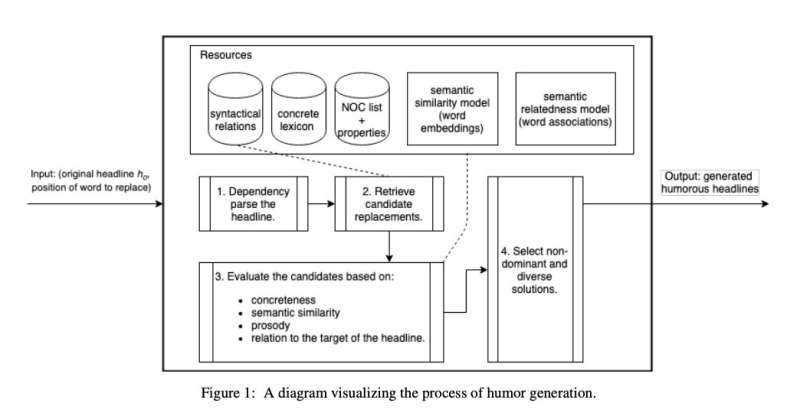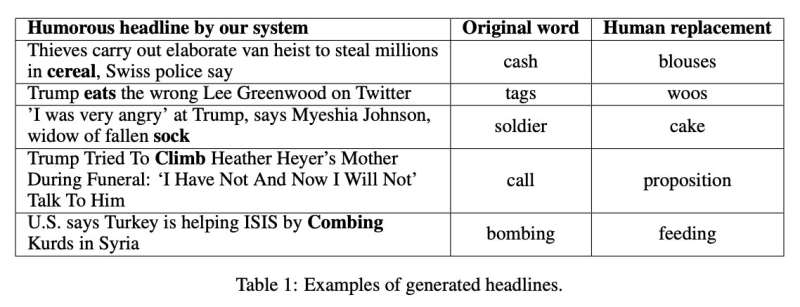Seismic forensics and its importance for early warning
The analysis of a flood disaster in the Himalaya may help establish an early warning system for flash floods
Peer-Reviewed PublicationVIDEO: THE SEISMIC SIGNALS WERE TRANSFERRED INTO ACOUSTIC WAVES ALLOWING TO LISTEN TO THE DIFFERENT STAGES OF THE FLOOD DISASTER. view more
CREDIT: MICHA DIETZE/GFZ
The scientific description of the catastrophic rockslide of February 7, 2021, in India’s Dhauli Ganga Valley reads like a forensic report. A rockslide and the subsequent flood had killed at least a hundred people and destroyed two hydroelectric power plants. In the scientific journal Science (issue of 1 Oct., 2021), researchers from the GFZ German Research Center for Geosciences (GFZ) together with colleagues from the National Geophysical Research Institute of India (NGRI), trace the disaster minute by minute using data from a network of seismometers. The team posits that seismic networks could be used to establish an early warning system for high mountain regions.
Although the ultimate trigger of the massive rockslide that initiated at an altitude of more than 5500 meters remains unresolved, one thing is certain: On Sunday, February 7, 2021, at just before half past ten in the morning, more than 20 million cubic meters of ice and rock began to rush downslope into the valley of the Ronti Gad River. Seismometers recorded the signal at 10:21 am and 14 seconds local time. 54 seconds later, the mass hit the valley floor at 3730 meters elevation, generating an impact equivalent to a magnitude 3.8 earthquake. In the valley, the mix of rock and ice mobilized debris and additional ice, which – mixed with water – rolled through the valleys of the Ronti Gad and Rishi Ganga rivers as a gigantic debris flow and flood. First author Kristen Cook of GFZ estimates that at first, the mass shot downhill at nearly 100 kilometers per hour; after about ten minutes, the movement slowed to just under 40 kilometers per hour.
At 10:58 and 33 seconds, the flood reached a major road bridge near Joshimath. Within seconds the water there rose by 16 meters. Thirty kilometers further down the valley, the Chinka gauge station recorded a jump of 3.6 meters in water level, and another sixty kilometers down, the level still rose by 1 meter.
Based on the ground-shaking signals recorded by the seismic stations, the collective research by partners from GFZ’s sections Geomorphology, Seismic Hazard and Risk Dynamics, and Physics of Earthquakes and Volcanoes, along with NGRI colleagues, identified three distinct phases of the catastrophic flood. Phase 1 was the rockslide and its massive impact on the valley floor. Phase 2 followed, with the mobilization of enormous amounts of material – ice, debris, mud, creating a devastating wall of material rushing through a narrow winding valley, where a great deal of material remained and the energy rapidly decreased with time. This lasted about thirteen minutes. Phase 3 (fifty minutes in duration) was more flood-like, with massive amounts of water that flowed downstream, carrying along large boulders up to 20 m across.
The most important finding: “The data from seismic instruments are suitable as a basis for an early warning system that warns of the arrival of such catastrophic debris flows,” says Niels Hovius, last author of the study and acting scientific director of the GFZ German Research Centre for Geosciences. Another key point is the availability of a dense seismic network, operated by Indian colleagues at the Indian National Geophysical Research Institute (NGRI). Hovius’ colleague Kristen Cook, first author of the paper, adds, “the available warning time for sites located in valleys depends on the downstream distance and speed of the flow front.” For example, Joshimath, where the river level rose 16 meters during the flood, was 34.6 km downstream from the landslide. Kristen Cook: “That means people in and around Joshimath could have received a warning about half an hour before the flood arrived.” For regions farther upstream, where the wave arrived just a few minutes after the landslide, it might still have been enough to shut down power plants.
So why hasn't such a warning system been in place for a long time? Fabrice Cotton, Head of the Section Seismic Hazard and Risk Dynamics, says: “The problem is the different requirements for seismic measuring stations, which make many stations in our worldwide and regional earthquake networks less suitable for detecting rockfalls, debris flows or major floods. At the same time, stations that aim to monitor floods and debris flows in their immediate vicinity don't help as well in detecting events at a distance.” The solution the GFZ researchers are working on with their colleagues in India and Nepal is a compromise: Stations would have to be set up at strategic locations that would form the backbone of a high-mountain flood early warning system. According to Marco Pilz, “this trade-off, in a sense, is an optimization problem that future studies will have to address and where we have already made systematic progress, for example in the German Lower Rhein Bay region. Further analysis of flash floods and debris flows will help better understand how seismic signals can help with early warning.”
The first ideas to establish such an early-warning system based on a seismological approach came up well before the disaster as an outcome of a joint workshop of Helmholtz researchers and Indian colleagues in Bangalore in the spring of 2019. The current project of the study was initiated by Virendra Tiwari of NGRI and Niels Hovius. It made use of a collocation of the flood and a regional seismic network already set up by the Indian National Geophysical Research Institute. Hovius says: “Early warning is becoming ever more urgent, as mountain rivers are increasingly used for generation of hydropower, seen as an engine for economic development of some of the world's poorest mountain regions. Given that catastrophic floods are also likely to become more frequent under a warming climate, driving rapid glacier retreat and precarious ponding of melt water in high locations, future risks will grow even further.”
CAPTION
Different stages of the landslide and the debris flow through the valley can be seen in the seismic signals.
CREDIT
Cook et al./Science
K. Cook et al.: „Detection, Tracking, and Potential for Early Warning of Catastrophic Flow Events Using Regional Seismic Networks“, Science; DOI: 10.1126/science.abj1227
JOURNAL
Science
METHOD OF RESEARCH
Data/statistical analysis
SUBJECT OF RESEARCH
Not applicable
ARTICLE TITLE
Detection, Tracking, and Potential for Early Warning of Catastrophic Flow Events Using Regional Seismic Networks
ARTICLE PUBLICATION DATE
1-Oct-2021
COI STATEMENT
none declared































